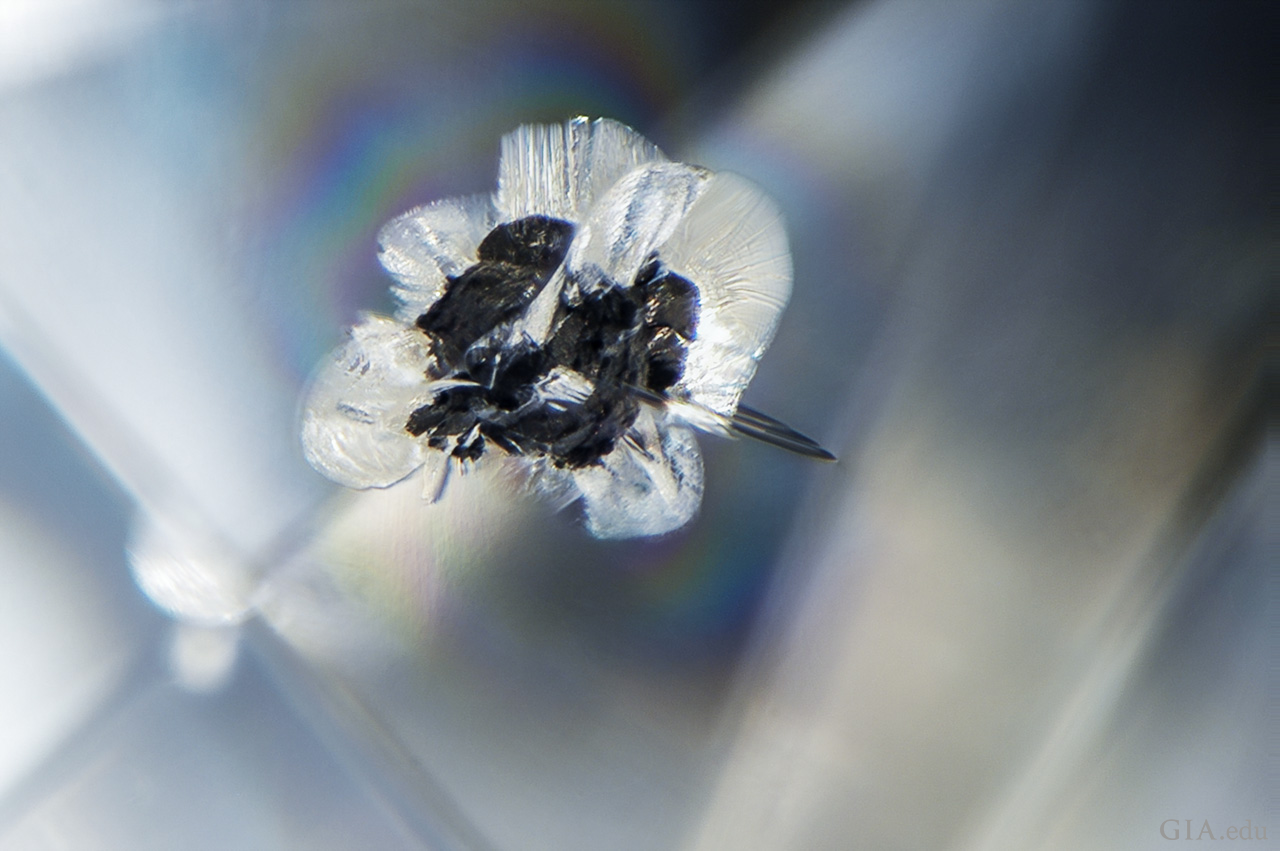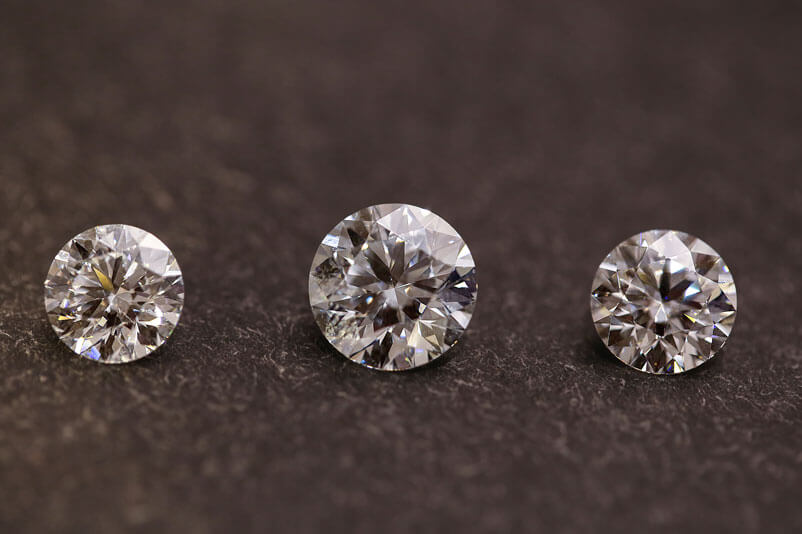Inclusions in Lab Grown Diamonds: Understanding Types, Impact, and Identification

When it comes to lab-grown diamonds, understanding inclusions is crucial. These tiny imperfections can significantly impact a diamond’s appearance, durability, and value. In this comprehensive guide, we’ll delve into the world of inclusions in lab-grown diamonds, exploring their types, effects, identification methods, and much more.
1. Introduction
Lab-grown diamonds, also known as synthetic or cultured diamonds, are created in controlled environments that simulate the natural conditions under which diamonds form in the Earth’s mantle. While these diamonds share many properties with their natural counterparts, they may also contain inclusions that affect their overall quality.
2. What are Lab-Grown Diamonds?
Lab-grown diamonds are created through two primary methods: High Pressure High Temperature (HPHT) and Chemical Vapor Deposition (CVD). During these processes, small mineral or crystal fragments may become trapped within the growing diamond, resulting in inclusions.
3. Types of Inclusions
Inclusions in lab-grown diamonds can take various forms, including crystals, feathers, clouds, needles, and pinpoints. These imperfections may be visible to the naked eye or require magnification for detection.
3.1 Crystals
Crystals are solid mineral inclusions within the diamond, often appearing as small, geometric shapes.
3.2 Feathers
Feathers are fractures or cracks within the diamond that may resemble feathers under magnification.
3.3 Clouds
Clouds are clusters of tiny pinpoint inclusions that can give the diamond a hazy or cloudy appearance.
3.4 Needles
Needles are long, thin inclusions that resemble needles or rods when viewed under magnification.
3.5 Pinpoints
Pinpoints are tiny mineral crystals that appear as small dots within the diamond.
4. Impact on Quality
The presence of inclusions can affect a lab-grown diamond’s clarity, brilliance, and durability. Diamonds with fewer inclusions are typically considered higher in quality and command higher prices.
5. Identification
Gemologists use specialized tools such as microscopes and loupes to identify and evaluate inclusions in lab-grown diamonds. These instruments allow for precise inspection and grading of clarity.
5.1 Microscopic Examination
Microscopic examination involves inclusions in lab grown diamonds and assess the size, type, and location of inclusions.
5.2 Refractive Index Measurement
Refractive index measurement helps distinguish between natural and synthetic diamonds based on their optical properties.
6. Minimizing Inclusions
To minimize the presence of inclusions, manufacturers employ advanced growth techniques and purification processes during diamond synthesis. These methods aim to produce diamonds with higher clarity grades and fewer imperfections.
7. Clarity Grading
Clarity grading assesses the number, size, type, and position of inclusions within a diamond. The Gemological Institute of America (GIA) uses a standardized clarity scale to evaluate diamonds, ranging from Flawless (FL) to Included (I).
8. Popular Inclusion Patterns
Certain inclusion patterns are more common in lab-grown diamonds due to specific growth conditions and synthesis methods. Understanding these patterns can aid in identification and authentication.
9. Inclusions vs Natural Diamonds
Inclusions in lab-grown diamonds differ from those in natural diamonds in terms of type, frequency, and distribution. While natural diamonds may contain inclusions formed over millions of years, lab-grown diamonds exhibit distinct growth patterns and inclusion characteristics.
10. Industry Standards
The diamond industry adheres to strict standards and regulations governing the grading and certification of lab grown diamonds. These standards ensure transparency and consumer confidence in the quality and authenticity of lab-grown diamond products.
11. Consumer Awareness
Educating consumers about inclusions in lab-grown diamonds empowers them to make informed purchasing decisions. By understanding clarity grading and the significance of inclusions, consumers can select diamonds that meet their desired quality standards.
12. Market Trends
In the jewelry market, there is a growing demand for lab-grown diamonds with minimal inclusions. Consumers prioritize clarity and brilliance when choosing diamond jewelry, driving manufacturers to focus on producing diamonds with superior clarity grades.
13. Ethical Considerations
Lab-grown diamonds offer an ethical alternative to mined diamonds, as they are produced without the environmental and social impacts associated with diamond mining. By choosing lab-grown diamonds, consumers support sustainable practices and ethical sourcing in the jewelry industry.
Conclusion
Inclusions play a significant role in the quality and value of lab-grown diamonds. Understanding the types, effects, and identification of inclusions is essential for both consumers and industry professionals. As technology advances and manufacturing processes improve, the quality of lab-grown diamonds continues to evolve, offering consumers a sustainable and ethical choice in fine jewelry.






